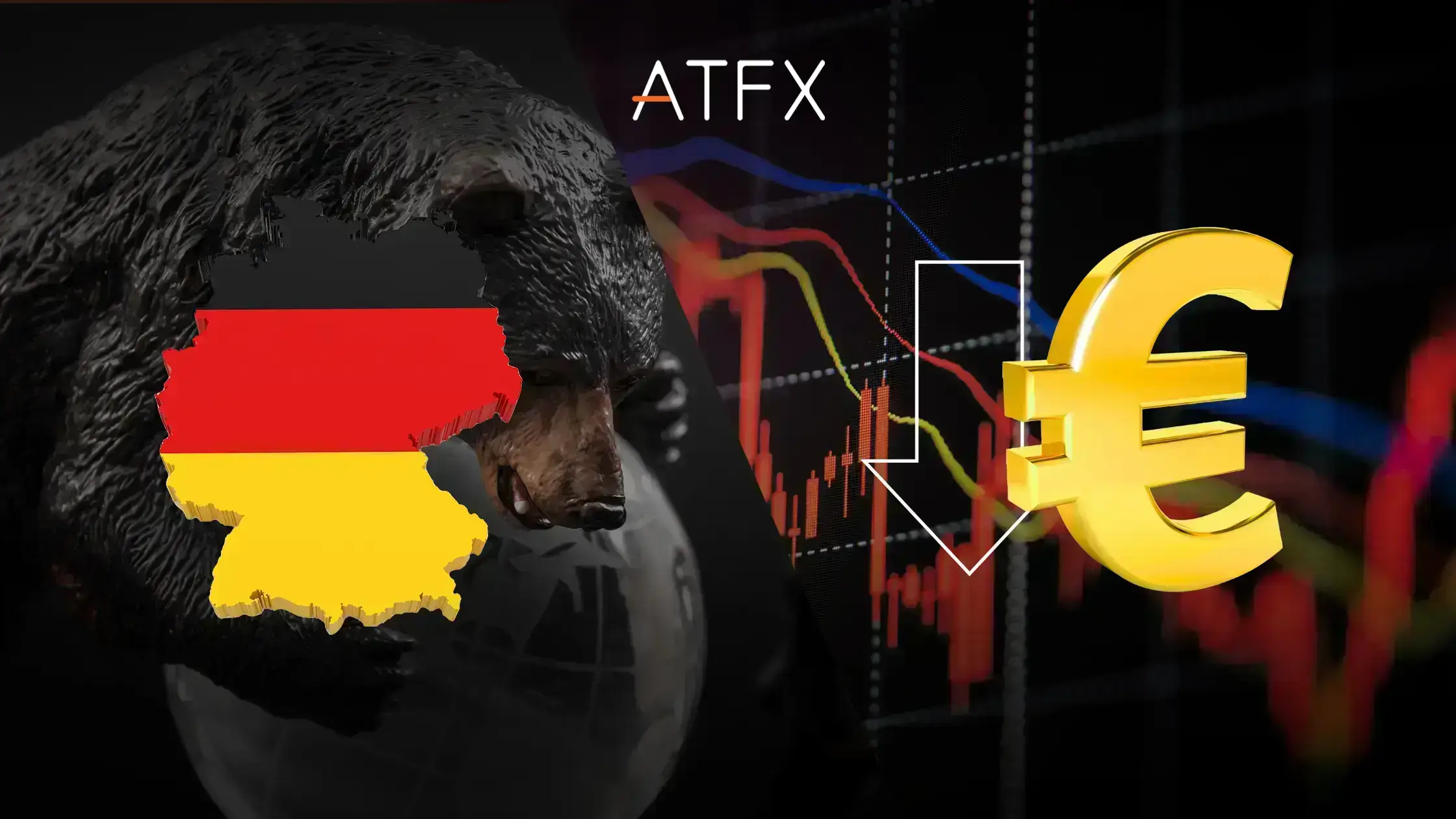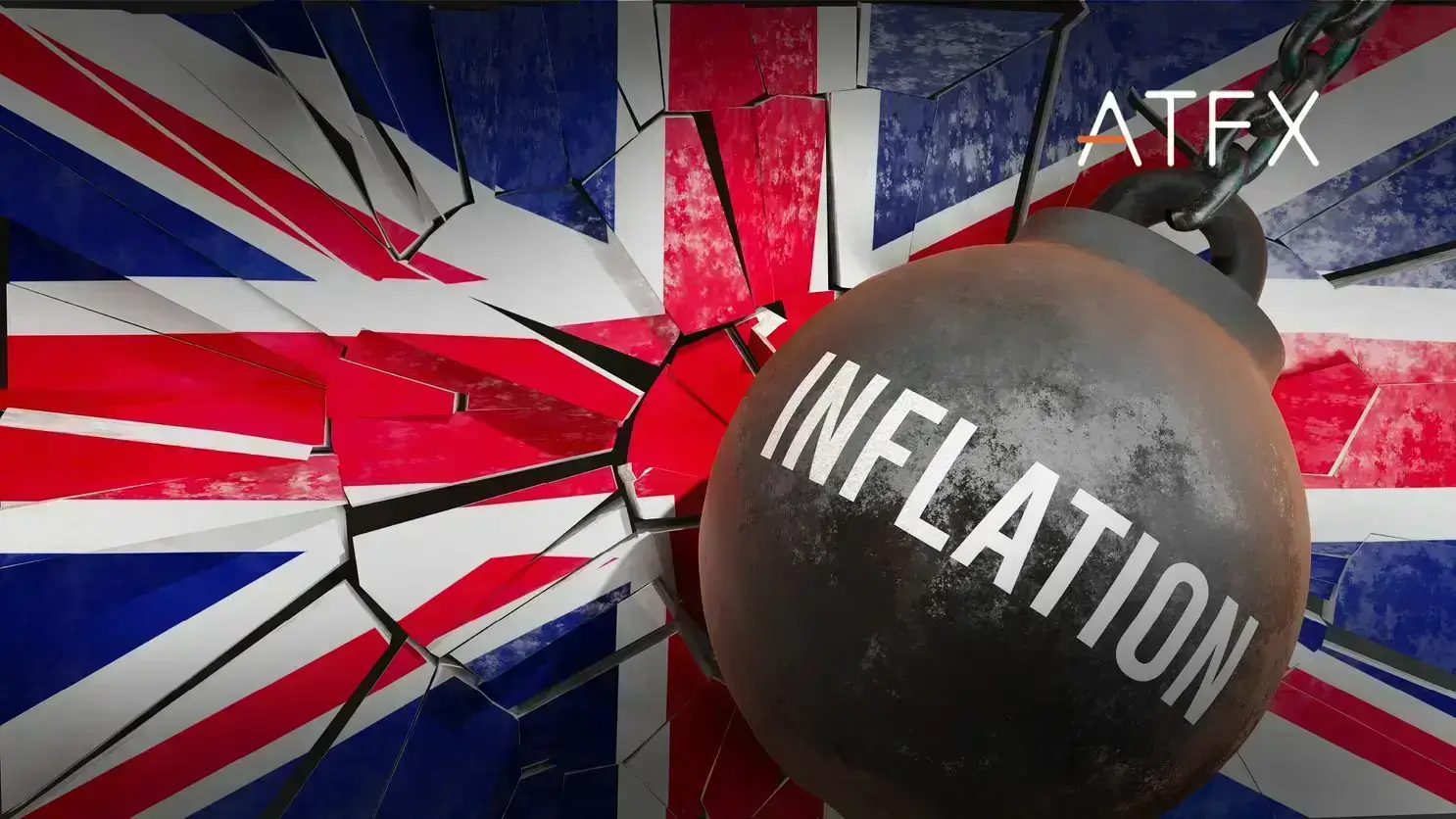The first non-farm employment report came out with mixed results after the Fed’s November interest rate talks to start the tapering plan. The most-watched non-farm employment positions increased by only 210,000, far lower than the 531,000 jobs created last month.
It is believed that the rebound from the epidemic is related to the raging new variant of the COVID-19 virus Omicron, and it is also related to the Fed’s tapering.
Another critical data point is the US unemployment rate in November, which was a surprising 4.2%, marking an improvement from the 4.6% reported last month. The reason may be related to the US government’s successive terms of the epidemic unemployment assistance program to promote its citizens’ return to the labour market. Coupled with the Thanksgiving holiday and the traditional peak consumption festive season, some work positions have been reopened, allowing people to return to work.
After the announcement of the US employment report, the PMI of the manufacturing service industry in November and the factory orders in October were also better than expected. Therefore, it is predicted that the economic outlook for December is still optimistic, which will provide short-term support for the US dollar and can help it hold above 96 for the time being.
The Bank of Australia’s interest rate is expected to remain unchanged.
After the recent decline in the US dollar during the past week, the trend has fallen to 96.3 below 10 day moving average. At the beginning of this week, the United States did not release important data. Hence, it is estimated that the US dollar has a chance to drop to the previous week’s low of 95.52, triggering a flat or slight rise in other major currencies against the US dollar.
The market is now focused on the November CPI monthly rate and annual inflation rate results set to be announced by the United States this Friday. The financial market is paying close attention to whether inflation continues to be high. The market expects the annual CPI rate in November to be 6.7%, higher than the previous month’s 6.2%. If the inflation rate is as expected or higher, it may push forward the pace of the Fed’s tapering and interest rate hikes; hence, the inflation figure is worth paying close attention to. The result will be a crucial reference guide for the Fed’s interest rate discussion on the 16th of December, and the financial markets are likely to be volatile.
On Tuesday and Wednesday, the Reserve Bank of Australia and the Bank of Canada discuss interest rates. The market estimates that the two central banks will keep interest rates unchanged, but whether they will adjust the bond purchase plan to fight rising inflation is a concern. If the two central banks’ comments after their respective meetings show a hawkish bias, it may translate to the Australian and Canadian dollars. However, whether this could lead to a significant rebound is still a matter of carefully analysing the content of the policy.
The Australian dollar fell to its October lows against the US dollar. If it breaks through 0.6835, it will test 0.6770, and the resistance will be the 10-day moving average 0.7060. As the U.S. dollar rose and oil prices fell, the U.S. dollar kept rising against the Canadian dollar along the 10-day line. If the upward trend continues, it may test the 1.2957 or 1.30 level.


